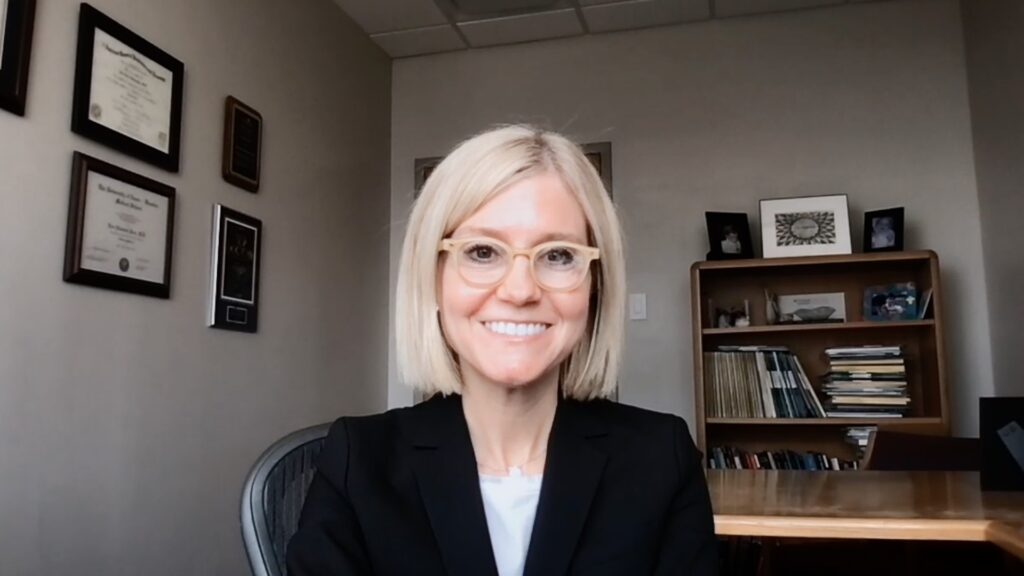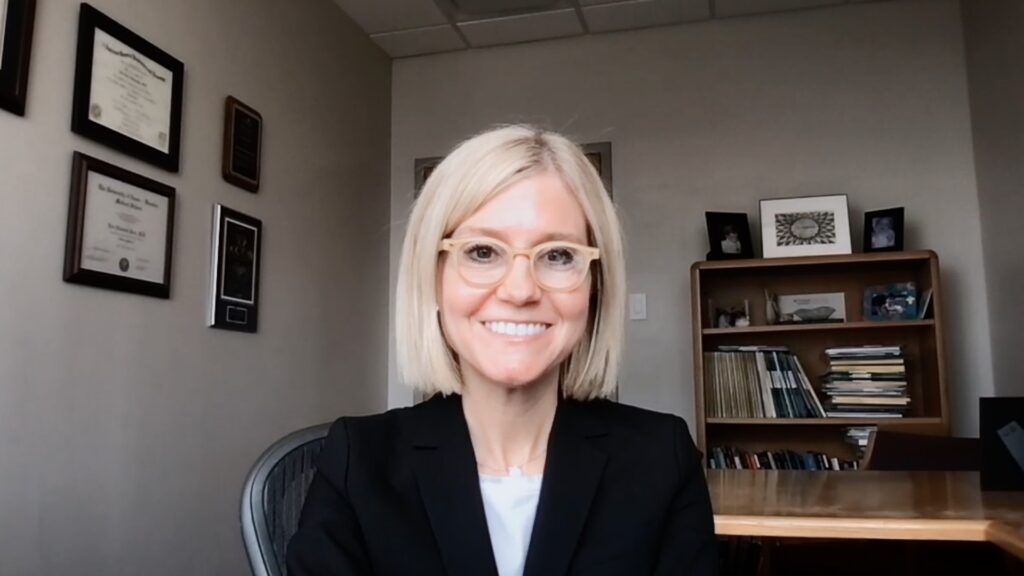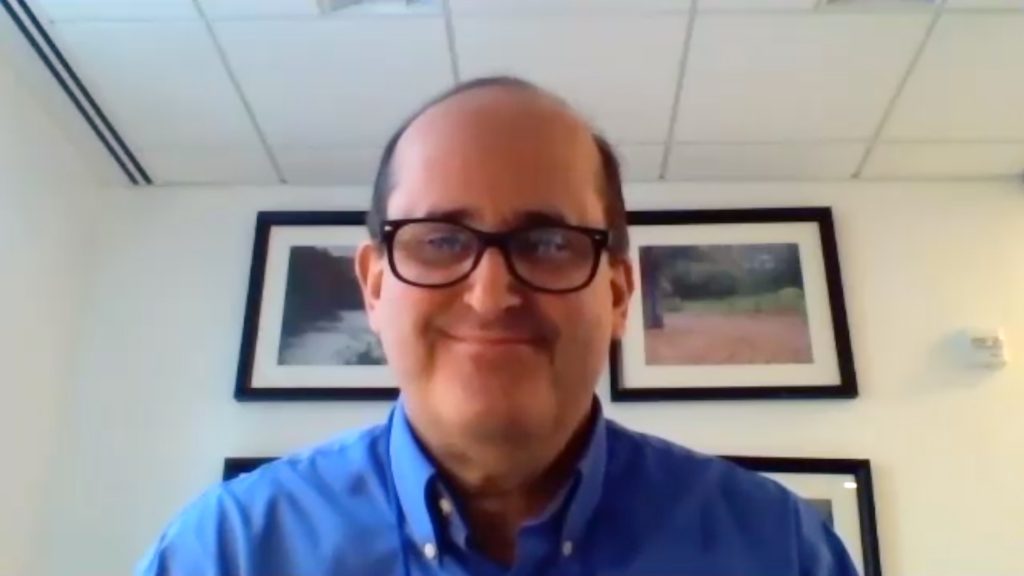 Prof. Bengt Winblad is a world-leading geriatrician based at the Department of Neurobiology, Care Sciences and Society at Karolinska Institutet, Stockholm, Sweden. With decades of experience in dementia research, he is recognized for his pivotal role in advancing Alzheimer’s disease (AD) diagnostics and treatment. Prof. Winblad is the chair of the European AD Consortium and has been instrumental in developing both scientific and policy strategies addressing neurodegeneration. In this expert interview, conducted at the 2025 European Academy of Neurology (EAN) Congress, Prof. Winblad shares insights on clinical advances, biomarker application, and the COVID-19 pandemic’s ongoing impact on dementia care.
Prof. Bengt Winblad is a world-leading geriatrician based at the Department of Neurobiology, Care Sciences and Society at Karolinska Institutet, Stockholm, Sweden. With decades of experience in dementia research, he is recognized for his pivotal role in advancing Alzheimer’s disease (AD) diagnostics and treatment. Prof. Winblad is the chair of the European AD Consortium and has been instrumental in developing both scientific and policy strategies addressing neurodegeneration. In this expert interview, conducted at the 2025 European Academy of Neurology (EAN) Congress, Prof. Winblad shares insights on clinical advances, biomarker application, and the COVID-19 pandemic’s ongoing impact on dementia care.
1. What recent breakthroughs in Alzheimer’s diagnostics and treatment are likely to change every day clinical practice?
We are seeing a continuous emergence of new treatments. At the same time, there is growing awareness that treatment should begin earlier and earlier in the course of disease. This, in turn, necessitates earlier diagnosis. However, early diagnosis only makes sense if effective treatment options are ready and available. Early diagnosis, before clinical symptoms, increases the risk of false positive cases. That is something we must avoid, , and we do not want to label individuals prematurely, especially as it could disrupt their lives, by discouraging travel, walking, or other aspects of normal living.
We are seeing more criteria and biomarkers being introduced, and some clinicians lean heavily on one or the other. Personally, I still believe that we need to observe clear cognitive decline or other clinical symptoms before confirming the diagnosis. Only then is it responsible to send someone home with a label as impactful as AD.
2. What emerging strategies have shown the most promise in slowing cognitive or functional decline in patients with AD?
We now have both pharmacological and non-pharmacological approaches. The latter primarily target modifiable risk factors identified in epidemiological studies, things like lifestyle, diet, and cardiovascular health. On the pharmacological side, there is increasing interest in treatments that improve cardiovascular function, which seems to positively affect cognition. In addition, we now have more specific therapies, such as monoclonal antibodies.
For example, lecanemab has recently been approved in Europe, while donanemab has been approved in other countries and is under review by the European Medicines Agency (EMA). However, clinicians face tough decisions, as these drugs come with side effects, and these can be more pronounced in certain genetic subtypes of AD. So, while promising, they are not without challenges. Unfortunately, the group with the specific risk genes are thought to be excluded from getting the drug due to expected side effects.
3. Your EAN presentation highlighted significant shifts in dementia diagnosis trends. How might these findings inform strategies to improve detection post-pandemic?1
There is a real concern that the COVID-19 pandemic has led to a drop in the diagnosis of specific dementia types, AD, vascular dementia, and others. This could be due to patients avoiding healthcare services. Many feared institutionalization, especially after seeing that people with dementia who also contracted COVID-19 had a significantly higher mortality rate.
This has made both patients and families more afraid or reluctant to seek diagnosis or care. Additionally, in long-term care settings, we struggled to avoid infections, possibly because the virus was introduced by staff. When dementia and COVID-19 co-occurred, outcomes were worse and death rates were higher. This understandably deterred some from pursuing assessment and diagnosis.
4. What interventions should healthcare systems implement now to address potential undiagnosed cases and mitigate long-term impacts?
The current trend is to use biomarkers more appropriately and correctly. However, when biomarkers are applied in large, population-based studies, their positive predictive value tends to be limited, meaning they cannot reliably indicate who has dementia or who will go on to develop it. In contrast, these biomarkers typically have a higher negative predictive value in such studies. This means they are more effective at ruling out individuals unlikely to develop dementia, which is still useful.
That said, the best practice remains to combine biomarkers with clinical assessment. Cognitive testing should be used alongside biomarker analysis. Neuropsychological testing can also support accurate diagnosis. Used together, these tools increase diagnostic accuracy and reduce the risk of misclassification.
Poster presentation at EAN 2025:
- European Academy of Neurology. Impact of the COVID-19 Pandemic on Dementia Diagnoses in Sweden: Trends from 2015 to 2023. Available at: https://www.eanvirtualcongress.org/ean/ean2025/en-GB/presentation/530620 (accessed 23 June 2025).
Interviewer: Caroline Markham, Head of Partnerships.
Editor: Katey Gabrysch, Editorial Director.
Disclosures: Bengt Winblad is on the advisory board for Alzinova, Axon Neuroscience, Artery Therapeutics, NSC-therapeutics, Phanes Biotech, and Primus-AD, and has received honoraria/honorarium from Alzinova, Axon Neuroscience, Artery Therapeutics, NSC-therapeutics, Phanes Biotech, and Primus-AD.
No funding was received in the publication of this article. This content has been developed independently by Touch Medical Media for touchNEUROLOGY. Views expressed are the speaker’s own and do not necessarily reflect the views of Touch Medical Media.
Cite: New Alzheimer’s detection strategies combat dementia diagnosis drop: Bengt Winblad, EAN 2025. touchNEUROLOGY. 25 June 2025.
Register now to receive the touchNEUROLOGY newsletter!
Don’t miss out on hearing about our latest peer reviewed articles, expert opinions, conference news, podcasts and more.










